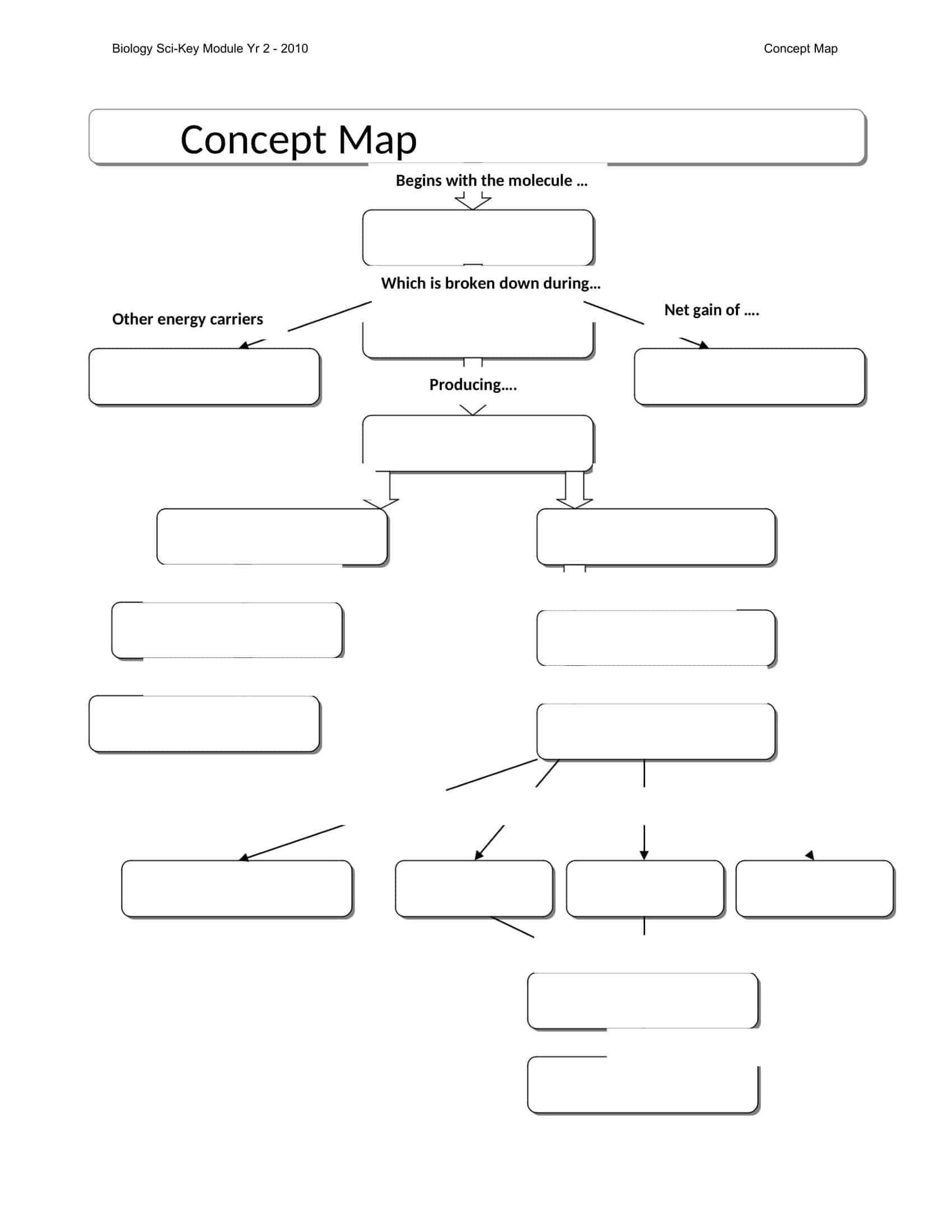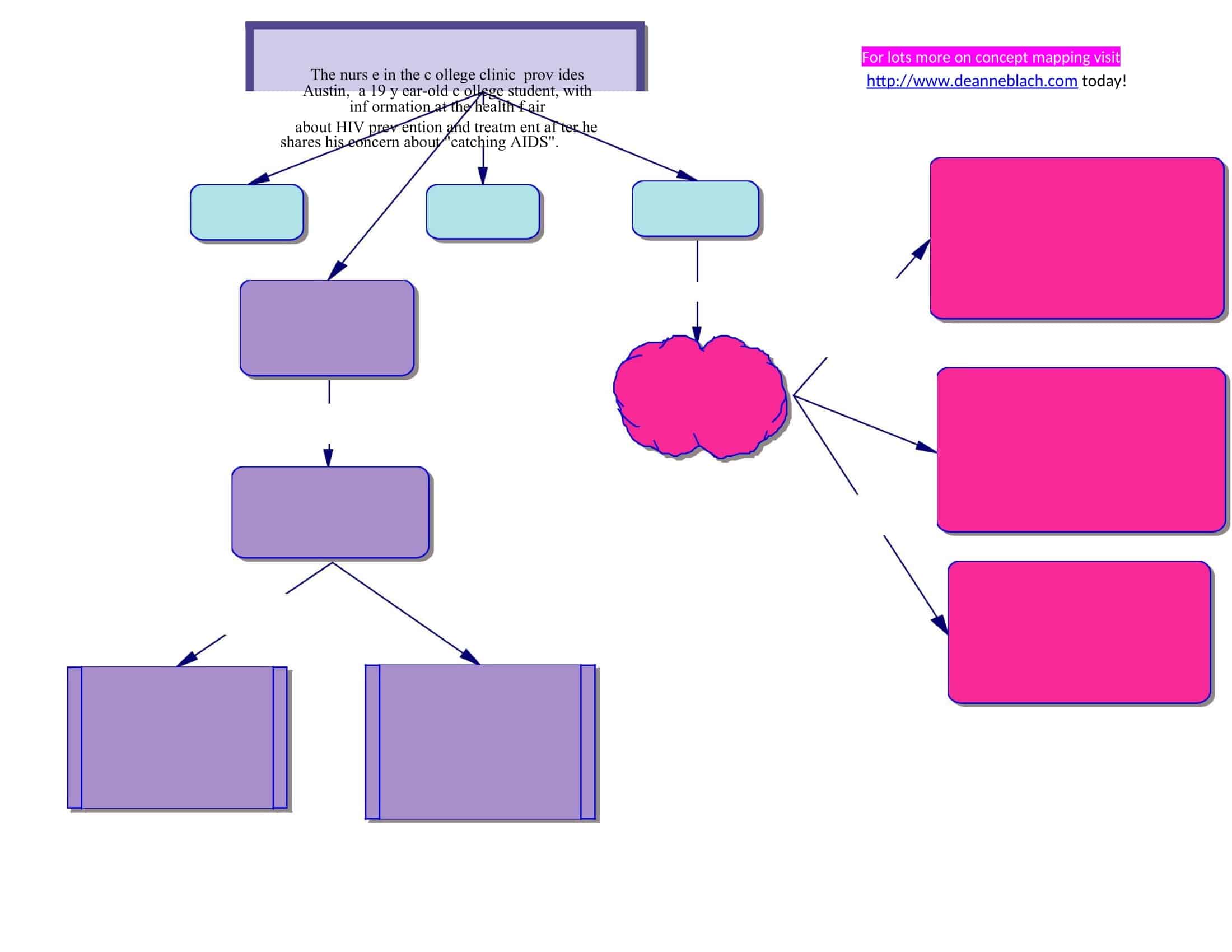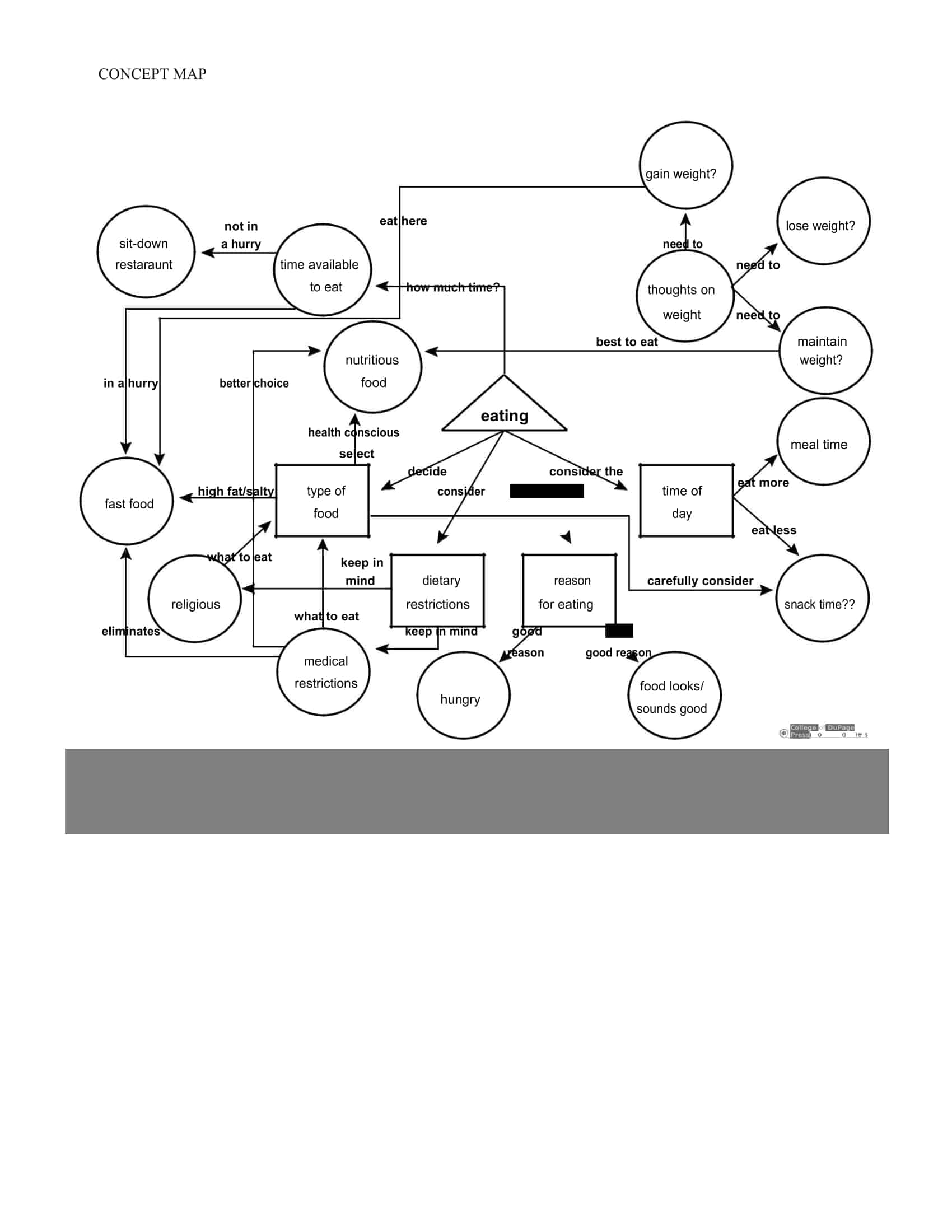Teachers use concept maps to help students grasp a topic, organize concepts, and process information. They are also commonly known as graphic organizers or information maps. In schools worldwide, concept maps are conceived and created by children. This is done to make sense of the input they receive in school.
Concept maps have helped thousands of students all over the world to be able to understand difficult topics, complex issues, or simply a new subject. Teachers may also use concept maps or graphic organizers as tools to involve their students in class discussions or projects where they will have to gather and organize their ideas into an organized note or document.
Table of Contents
Concept Maps Templates
What are the benefits of using concept maps?

The main advantages of concept maps include presenting complicated information in an easily accessible way. The subject of a concept map could range from any topic under the sun ranging from art and business to computers and electronics to computers and psychology. When researching a particular topic, if it is too difficult, then it can be broken down into smaller chunks before mapping it out.
This is especially useful when explaining something that isn’t easily understandable. Sometimes there are new techniques in a study that may be used for education purposes, so concept maps are ideal for this as this format has been proven over time to be one of the best methods for improving new or old skills in the study field.
- It provides semantic encoding of information in mind.
- It establishes the link between the previously learned information of the brain and the new information.
- Seeing information graphically allows the brain to make information concrete.
- The person can easily remember the information.
- In general, it makes the subject easier to understand.
- It gives the person visual thinking skills.
- It allows the brain to organize the subject more easily.
What are the different types of concept maps?
Spider Map
Spider maps are used to represent data in a way that allows you to see everything that is related to the central theme. The idea behind this type of map is to give a visual representation of something you want to focus on. What is the core concept in the center? What are its features of it? Such questions are sought for answers.
Hierarchical Map
A hierarchical map focuses on the main idea, and then all other facts are given in sequence according to the time they happened or their importance. It is a simple way of classifying or building an outline of all the different pieces. Hierarchical maps are very helpful in making our information understandable by providing a visually clear breakdown of its parts.
Flowchart Map
Flow chart maps can be a great way to represent data in an organized way. The main drawback of flow chart maps, or bubble diagrams, is that it can take a lot of time to read through all the information. Flow charts are very rigid in design, whereas radial and circular maps are more fluid and story-like in nature.
Systems Map
A systems map is a descriptive type that focuses on describing connections (or relations) between different systems, disciplines, and concepts. Also called functional or functional schema diagrams, these maps are often used in business organizations to outline the major activities, processes, or systems that can be used to achieve a goal.
How to Make a Concept Map
Four basic components are needed to create concept maps:
These are; concepts, hierarchical structure, relationships, and cross-links.
- Concepts: The concept is a linguistic generalization, an abstraction based on the common features of the objects, forms, facts, situations, and movements in the world and the common features the objects in the world.
- Relationships: These are the words that show the relationships between concepts. These words are also called propositions. Propositions overwrite links. That is, propositions express concepts and relations in sentences; they create new meanings.
- Hierarchical Structure: It is the work of arranging the concepts in a certain order within a certain structure. Students learn more about concepts because they see the concepts collectively in a certain order thanks to the hierarchical order.
- Cross Links: Propositions that connect tiles in a hierarchical order. Connections can be unidirectional, bidirectional, or non-directional.
Concept Mapping Guide and Tutorial
- First, a topic suitable for the level of the student should be chosen.
- The subject should be a continuation of the student’s previous knowledge.
- The text to be mapped should be read thoroughly; The most important idea, most general concept, or theme of the text should be chosen as the main concept.
- Then the key concepts related to this most important concept should be selected.
- These selected main concepts and key concepts should be listed.
- Each concept should appear on the map only once.
- Explanations and principles related to concepts should not be included in the list.
- Other concepts related to the main concept should be placed on the page in a certain order.
- Concepts at the same level of importance should be at the same hierarchical level, and concepts at the same level should be in the same color or shape.
- Concepts should be boxed or circled to be easily distinguished from each other.
- After the concepts are listed, relations and generalizations about the concepts should be made.
- If the relationship between the two concepts on the map is to be shown, a line should be drawn between the two boxes because the arrows showing the direction of the relationship are very important.
- Above this drawn line, a relationship to be selected from the list should be written in a few words.
- Relations and propositions should not be boxed; they must be expressed in terms of requirements.
- Each relation must be a proposition that concerns at least one concept.
- There should be cross-links in different parts of the maps.
- These links should show how the concepts within the map are synthesized.
A title with a strong foundation should be chosen for the map; Also, this title should activate students’ prior knowledge.
After the mapping work is finished, the map drawn with a small paragraph should be summarized.
FAQs
How do you create a concept map?
To create a concept map, start by identifying the main idea or concept you want to map. Place this in a circle in the center of your document. Then brainstorm associated ideas, topics, and keywords related to that central concept. Add those in bubbles radiating out from the center, connected with labeled arrows or lines to show the relationships. Organize related concepts together in branches or clusters. Use colors, sizes and spacing to distinguish between major and minor ideas. Add images, examples and explanations in outlines or callouts. Connect all concepts back to the main idea and show cross-links between related concepts. Continually review and refine the concept map structure as ideas develop.
Does Microsoft Word have a concept map template?
Yes, Microsoft Word has several built-in concept map templates you can use to easily create a concept map document. To access them, go to the Insert tab, click on Diagram, and under Hierarchy you will see concept map layouts like Radial Ribbons and Fluorescent Multilevel. Simply click on the template you want and you can immediately start customizing it by adding your own main concept, topics, relationships, colors and images. The templates provide an organized structure to build upon.
Is there a concept map in Google Docs?
Unfortunately there is no specific built-in feature or template for making concept maps in Google Docs. However you can create a simple concept map using Google Docs by inserting text boxes for concepts and drawing arrows to connect them. Or use the add-on Lucidchart to integrate basic concept mapping tools into Google Docs. For more advanced concept maps, an external web-based tool or software may work better. But a basic version is possible directly within Google Docs.
How do I make a concept map for free?
There are a few easy ways to make concept maps for free:
- Use Microsoft Word, PowerPoint or Google Drawings to create basic concept maps using shapes, arrows and text boxes.
- Try free mind mapping apps like Coggle, WiseMapping, SpiderScribe which also work for concept maps.
- Use a free concept mapping template from sites like Edrawsoft, Cleverly and Lucidchart to customize online.
- Download free concept map maker software like XMind or Freemind.
- Sketch your map by hand using paper, sticky notes, pens and highlighters.
- Search for “free concept map maker” for more web-based tools to build interactive concept maps.











































![Free Printable Roommate Agreement Templates [Word, PDF] 1 Roommate Agreement](https://www.typecalendar.com/wp-content/uploads/2023/06/Roommate-Agreement-150x150.jpg)
![Free Printable Credit Card Authorization Form Templates [PDF, Word, Excel] 2 Credit Card Authorization Form](https://www.typecalendar.com/wp-content/uploads/2023/06/Credit-Card-Authorization-Form-150x150.jpg)
![Free Printable Blank US Map Templates [Editable] 3 Blank US Map Printable](https://www.typecalendar.com/wp-content/uploads/2023/10/Blank-US-Map-150x150.jpg 150w, https://www.typecalendar.com/wp-content/uploads/2023/10/Blank-US-Map-1200x1200.jpg 1200w)
